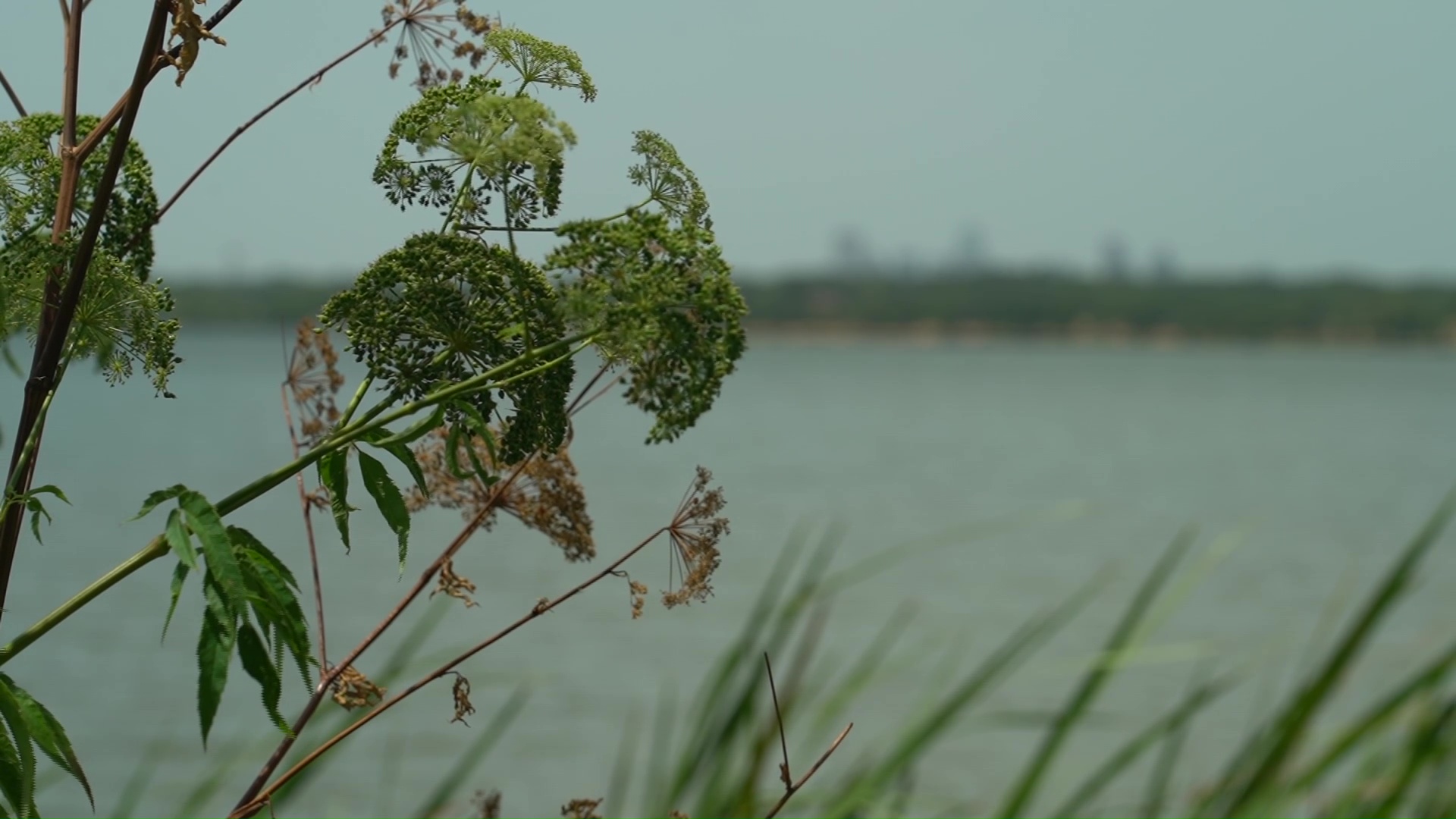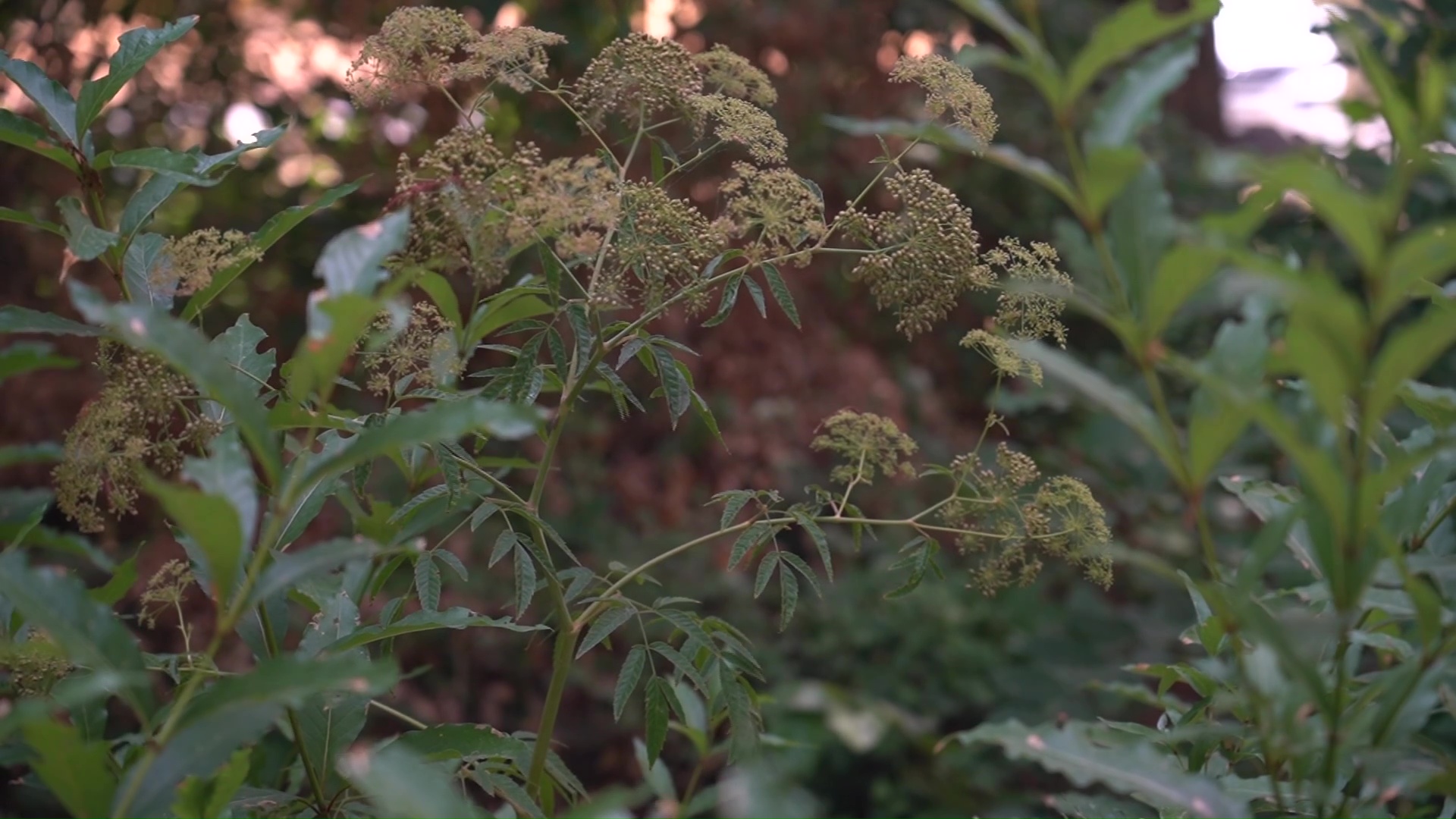Not everything that grows in your yard is meant to be touched.
On Sunday, Kenzie Kizer of Lancaster wrote on Facebook about her incident handling a plant that doctors later identified as poison hemlock. Kinzer said she was attempting to remove weeds near her home when she began experiencing some severe symptoms.
“Shortly after pulling the weeds my arms felt as if they were on fire,” Kizer wrote. “So I took a shower to wash out what I believed to be splinters. Less than an hour later my tongue started swelling, my skin was burning, my speech was slurred, I was dizzy, confused and very shaky.”
Kizer’s symptoms are a reaction to the toxins found in poison hemlock, which grows up to 10 feet tall and resembles an innocuous white wildflower. It often sprouts around roads, and occasionally in people’s yards, said Barron Rector, an associate professor and range specialist at Texas A&M’s AgriLife Extension Service.
Get DFW local news, weather forecasts and entertainment stories to your inbox. Sign up for NBC DFW newsletters.
Native to Eurasia, poison hemlock belongs to the same family as the carrot, according to the AgriLife Extension Service. It grows in warm weather, which in Texas can be anywhere from spring to early fall.
To read the full article, visit our partners at the Dallas Morning News.



